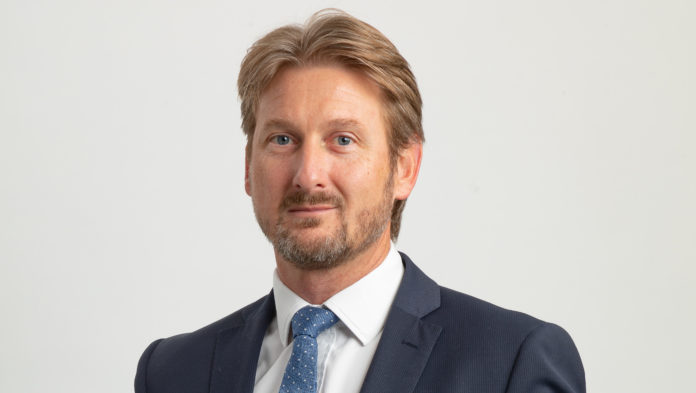
ROYAL Bafokeng Platinum CFO, Hanré Rossouw, delivered perhaps the most eloquent of bear-case scenarios on platinum group metals (PGM), cautioning at the group’s annual results presentation today that high prices were no cause for headlong spending on growth.
Such was his expansiveness, even in his pessimism, that Rossouw’s exposition deserves full rendering here. “This does feel like the early stages of another bull market cocktail party,” he said of the improvement in PGM (and other metal) prices in recent times.
“And we’ve all been to such a party before with alcohol – sorry, I mean cash – starting to flow freely and the DJ playing old-time favourites such as ‘Champagne Supercycle’ and ‘What Doesn’t Kill You Makes You Stronger … For Longer’.
“At any party, there are those that need to drink excessively or take a puff on a growth pipeline to have a good time whilst making bold claims and plans of what they still want to do in their intoxicated state,” he said.
“We (RBPlat) are certainly not part of that crowd. Our capital allocation framework underpins our commitment to remain sober in funding, allocation, and returns of capital to shareholders despite the potential for significant cash flow generation.”
Rossouw ran investor relations for Xstrata when it bid $1bn for Eland Platinum, an asset that was subsequently sold by Glencore – which had then absorbed Xstrata – to Northam Platinum for R175m in 2017.
“I suppose I do have some scars from that,” said Rossouw when asked whether the last peak in platinum prices some 13 years ago (at the time of the Xstrata-Eland deal) had informed his current caution regarding runaway palladium and rhodium prices today.
“But we need to keep a cool head,” he said. “If you didn’t build a project two years ago then why are you building it now? What has changed in long-term prices?”
South African PGM producers have announced expansions amounting of up to 1.2 million ounces a year in new production. Impala Platinum CEO, Nico Muller, said it was beholden on PGM producers to provide customers with the comfort the supply-side of the industry could deliver into supply deficits likely to occur over the next two to three years, at least.
Rossouw said it depended on one’s viewpoint regarding market balance. A big deficit might scare customers away or lead to science engineering innovation in the drive-chain that doesn’t require as much PGM supply. “But the responsibility cuts both ways,” he said.
RBPlat has the option of expanding its recently commissioned Styldrift project, forecast to produce between 240,000 to 270,000 oz of some total company production of some 525,000 oz (at the high end of guidance) in the current financial year. But the preference was for bolt-on, organic growth.
Rossouw said the Styldrift had UG2 orebody potential along with its Merensky reef development that could be simultaneously developed at small incremental capital cost, and allow RBPlat to nuance its prill split (its relative production of PGMs) in line with market prices. Currently, the UG2 reef will yield 11% rhodium compared with 4% from Merensky. “We are one of the few PGM companies that can do that still,” said Rossouw.
Steve Phiri, CEO of RBPlat, said in response to questions during RBPlat’s annual results presentation that the company also had the option of accessing the Maseve orebody along the boundaries of Styldrift and Bafokeng Rasimone Platinum Mine (BRPM). Maseve was bought from Platinum Group Metals in 2017 for R750m primarily for its concentrator.
The company was also open to M&A discussions but didn’t provide details of anything that might be underway. Given the appreciation in RBPlat’s share price over the last 12 months, the company’s assets would not come cheaply.









